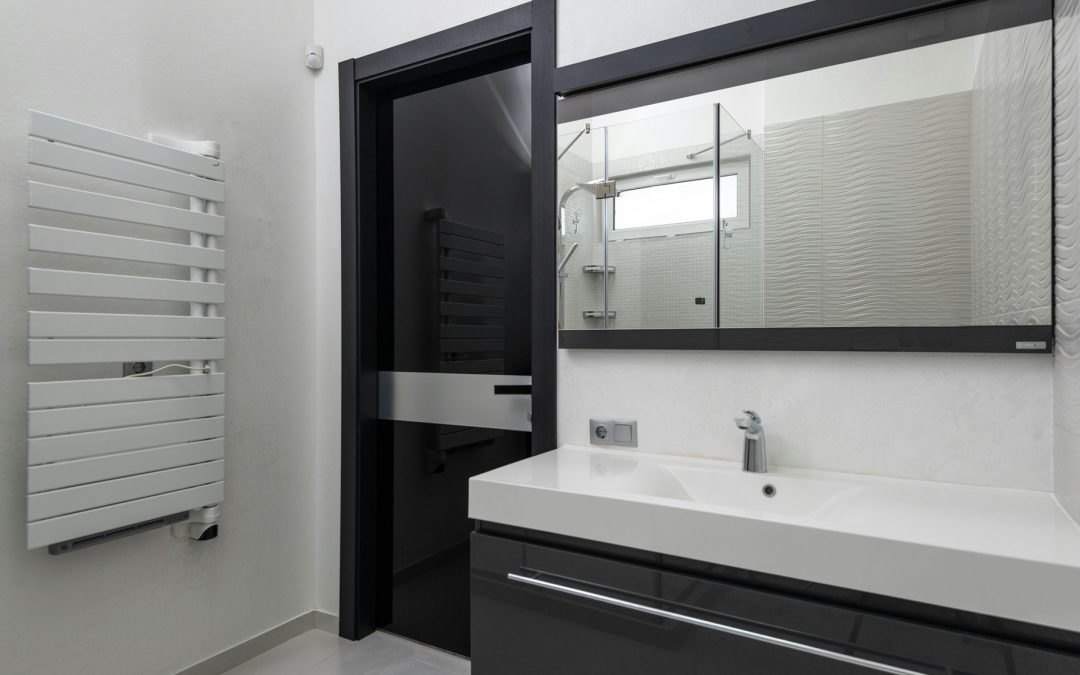Radiant heating is not just about warm floors. It’s about transforming how your home feels. This innovative system delivers heat directly to you and the objects in your rooms, creating a gentle, even warmth that traditional systems can’t match.
Imagine stepping out of the shower onto a toasty floor or feeling comfortably warm even with the thermostat set lower. That’s the radiant difference. But with various radiant heating options available, finding the right fit for your home can feel overwhelming. Let’s break it down and explore the world of radiant heat together.
How Radiant Heating Works?
Radiant heating operates on a simple yet effective principle: it warms objects and people directly, not the air around them. It’s the same feeling you get when you stand by a sunny window on a chilly day, a gentle, enveloping warmth. But instead of sunlight, radiant heating uses a heat source within your home. This could be a boiler that heats water, a heat pump that transfers warmth from the air or ground, or even electric elements.
This warmth travels through a network of pipes or wires concealed within your floors, walls, or ceilings. These surfaces then act like giant radiators, emitting infrared radiation that warms everything in the room. It’s a more natural way of heating, like the sun warming the earth. You’ll experience even heat distribution, no more cold drafts, and a cozy atmosphere throughout your home.
Types of Radiant Heating Systems
Radiant heating isn’t a one-size-fits-all solution. Instead, you’ll find three main types of systems, each with its own advantages and drawbacks:
Radiant Panels
These sleek panels use infrared radiation to heat objects directly. They heat up quickly and can be incorporated into your home’s design, making them a modern and efficient choice for supplemental heating or specific areas.
Radiant panels from trusted brands like WarmlyYours offer a wide range of options to suit different needs and budgets. They manufacture quality indoor and outdoor heating systems with award-winning products and services.
Hydronic (water-based) Systems
These systems rely on a network of pipes or tubing to circulate heated water beneath your floors, within walls, or even above ceilings. Hydronic systems are known for their exceptional efficiency and uniform heat distribution, making them a popular choice for whole-home heating. However, installation can be complex and might require more upfront investment.
Electric Radiant Systems
For this type of installation, electric heating cables or mats are installed under floors or on ceilings. These systems are generally simpler and more affordable to install than hydronic ones, making them attractive for smaller projects or specific rooms like bathrooms. However, operating costs can vary depending on your local electricity rates and the extent of the system.
Each type of radiant heating system has its place, so your ideal choice will depend on your home’s layout, budget, and heating requirements. Consider factors like the size of your home, your existing flooring, and your desired level of energy efficiency when making your decision.
Factors to Consider When Choosing a Radiant Heating System
Choosing the right radiant heating system for your home is all about finding what works best for you and your family. Here are some key factors to consider:
Your Home’s Design and Existing Infrastructure
- Age of your home: Older homes might have different insulation needs than newer builds, influencing your system choice.
- Flooring type: Some flooring materials, like tile and concrete, pair exceptionally well with radiant heat, while others might require adjustments.
- Existing heating system: You might be able to integrate radiant heating with your current system, or you might need a complete overhaul.
Your Heating Needs and Preferences
- Climate: If you live in a colder climate, you’ll likely need a more powerful system than someone in a milder region.
- Primary or supplemental heating: Do you want radiant heat for the whole house or just for specific rooms, such as bathrooms or basements?
- Desired heat output: How warm do you like your spaces? This will help determine the system’s capacity.
Budget Considerations
- Upfront costs: Hydronic systems often have higher initial installation costs compared to electric systems.
- Operating costs: While radiant heating can be very efficient, electricity rates can influence the ongoing costs of electric systems.
- Potential energy savings: Factor in long-term savings on your heating bills when calculating the overall cost.
By carefully considering these factors, you can choose a radiant heating system that not only keeps you warm but also aligns with your budget and lifestyle.
Concluding Thoughts
Radiant heating offers a level of comfort and efficiency that’s hard to match. While choosing the right system might seem daunting at first, understanding the different types available and considering factors like your home’s layout, budget, and heating needs will make the process much easier.
Ultimately, the best radiant heating system for you is the one that perfectly aligns with your lifestyle and keeps you cozy throughout the year. With careful research and guidance from professionals, you’ll be well on your way to enjoying the soothing warmth of radiant heat in your home.
Photo by Max Vakhtbovycn: https://www.pexels.com/photo/modern-bathroom-interior-with-washbasin-under-mirror-at-home-7005472/

Recent Comments